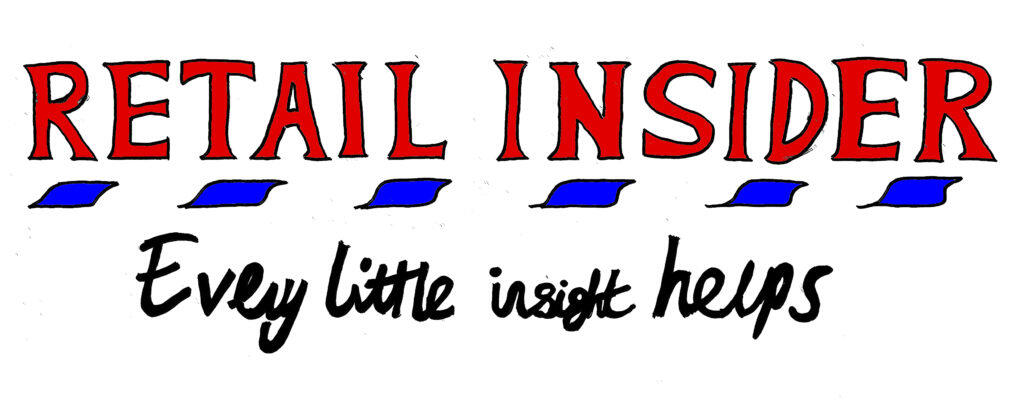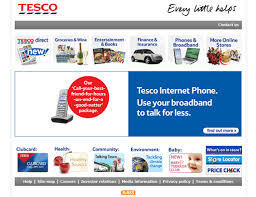Tesco’s online grocery journey
Recently Tesco celebrated the 17th birthday of the launch of its online service. Since then much has happened. Tesco has become the undisputed king of online grocery retailing with revenues of more than £2.5 billion, more than twice the sales of the closest competitor. When Tesco talks about the online channel, others listen carefully.
However, this was not the case always. During the turn of the Millennium, the business model used by Tesco was questioned heavily by both the market commentators and the competitors. Tesco’s model dates back to the mid-90s. It has been rumored that already in 1994 Tesco appointed a group of managers to explore what the nascent technology of Internet meant for retailing and more precisely to the Tesco business.
The group of managers had a direct access to the top management of the company, but very few examples to study from. This led to an incremental business model utilizing the core assets of the business, the superstores.
A couple of years after the launch of Tesco’s service, the public attention started to focus on the small market of online grocery retailing, which was largely ignored by the big grocers. The growing interest was ignited by the inflating expectations around the Internet based businesses.
Famous start-ups in the US, namely Webvan and Peapod, started to get publicity and their warehouse-based business models began to influence the opinions in the UK. Suddenly the approach used by Tesco became obsolete as the rivals, Asda and Sainsbury’s, had adopted the “modern” warehouse based models. Some of the most radical commentators in the public claimed that Tesco was losing the race in the online marketplace.
Soon afterwards, the dot com bubble burst and the attractiveness of the warehouse-based business model vanished. Many of the competitors put the development of the online channel on hold as the long-term outlook of the online market had become bleak.
However, one company continued its progress steadily. This was Tesco which had expanded the service incrementally over time not taking into account the criticism for their business model. It took further six years before Tesco was to build its first warehouse (the dot com store) for the online channel.
The biggest reasons for the great competitive advantage of Tesco can be found from the way it reacted to the rise of the internet. The patient and active approach enabled them to build a sound long-term vision of what the internet meant for the core tadalafil business of the company and to what kinds of actions that would require from the company. As a result of the early launch Tesco had already been developing the online service for a couple of years, when the expectations towards the Internet based businesses started to grow.
To summarise: the proactive approach early on enabled Tesco to gain experience and perspective for the realistic development of the online channel. Coupled with the patient and committed involvement of the top management enabled Tesco to develop the world’s biggest online grocery service with comparatively small investments, at least compared to the companies who invested in big warehouses which were eventually abandoned.
The clarity of the vision for the online channel and its influence on the traditional business gave Tesco the confidence to see above the noise of the dot com boom.
In today’s marketplace the business models resemble the ones seen during the dot com boom, as the retailers have started to construct warehouses and dot com stores. Challenged by Ocado and its highly optimized warehouses, the Tesco model of using stores alongside the dot com stores (warehouses) remains a solid approach.
As a purely online grocery retailer Ocado’s 10 year journey has been a remarkable success story, as it has been able to survive in the most competitive online grocery market in the world. It remains to be seen whether the Ocado way with only warehouses becomes the sustainable and/or best way to operate in the online grocery market.
However, Tesco and its rivals are well suited to move to that model should the demand pick up enough. Until that happens they are well equipped using the stores for both home delivery and the rapidly growing click & collect. Tesco’s foresight and clarity about the selected vision has given it a nearly 50% market share in a swiftly growing market.
UK and especially Tesco will also represent the real challenge for Amazon Fresh, if it wants to become internationally accepted. If Amazon can really challenge Tesco in its home market it should not have any problems in other markets. However, Tesco can respond with 17 years of experience of operating an online service in the most difficult of online retailing categories – grocery. That is something that even Amazon can’t match.
Arhi Kivilahti, post-doctoral researcher whose thesis is on ‘Industry Transformation Initiated by a Technological Revolution – Case of UK Grocery Retailing’



